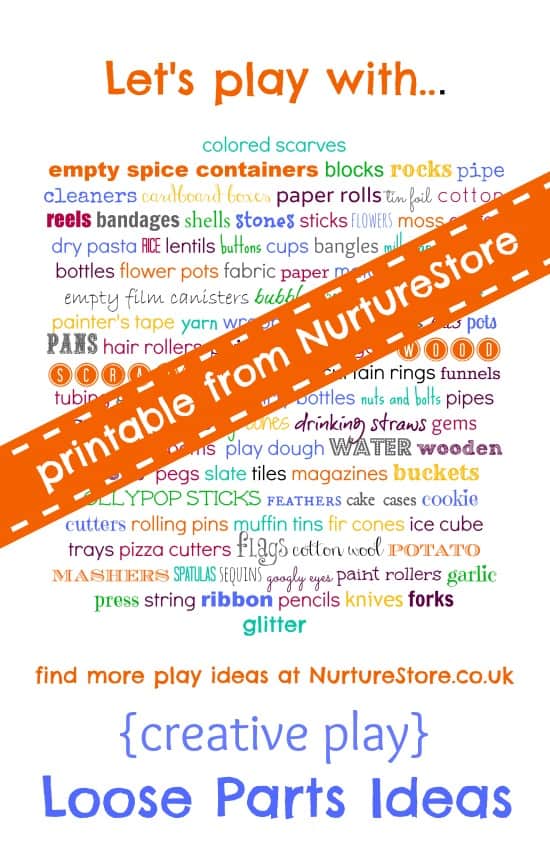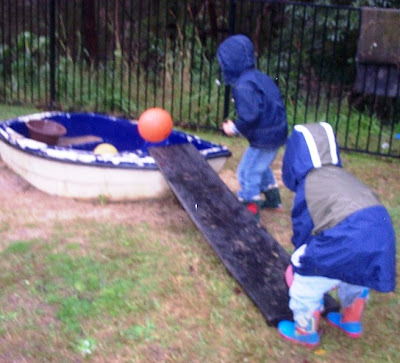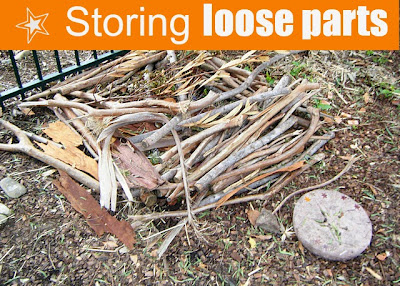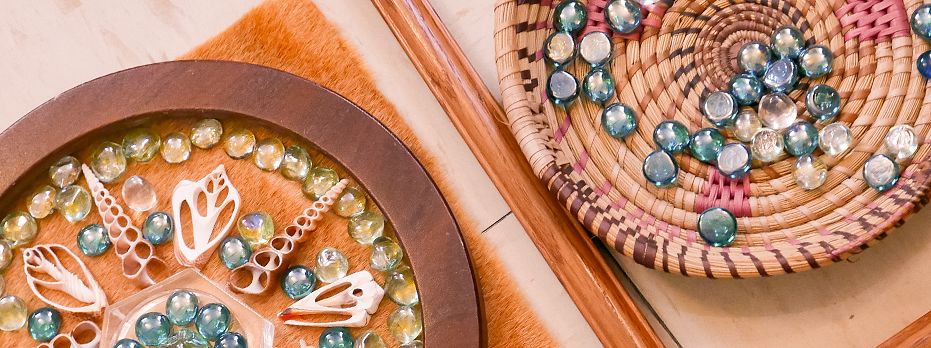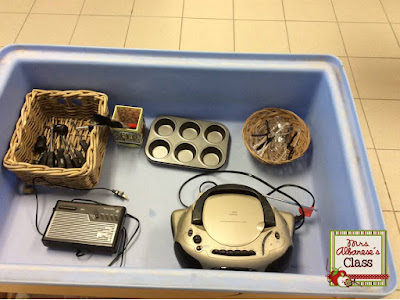
Reggio-inspired Innovative Spaces
Learning Resources for Primary Teachers by Margaret Lincoln
Developing Learning Competencies: Critical and Creative Thinking, Communication, and Collaboration
Innovative learning environments have much to contribute to the development of learner competencies. Research supports the explicit relationship between learning environments, innovative teaching practices and educational outcomes. Three key components of an innovative early learning space designed to promote and make visible the competencies of children are Materials, Creative Technologies and Pedagogical Documentation.
A Reggio-inspired Approach
Reggio-inspired Values and Principles
Books to Inspire your Journey
MATERIALS
"In any environment, both the degree of inventiveness and creativity, and the possibility of discovery, are directly proportional to the number and kind of variables in it."
Simon Nicholson, 1971
The Relationship Between Materials and Learning
" The materials we choose to bring into our classrooms reveal the choices we have made about knowledge and what we think is important to know. How children are invited to use the materials indicates the role they shall have in their learning. Materials are the text of early childhood classrooms. Unlike books filled with facts and printed with words, materials are more like outlines. They offer openings and pathways by and through which children may enter the world of knowledge. Materials become the tools with which children give form to and express their understanding of the world and the meanings they have constructed."
(Experimenting with the World: John Dewey and The Early Childhood Classroom, Harriet K. Cuffaro, Teachers College press, 1995, p. 33)
Children's Books for Provocation of Play, Interest and Creativity with Materials
The Most Magnificent Thing
What Do You Do With an Idea?
Dreaming Up
Coppernickel The Invention
Iggy Peck Architect
On a Beam of Light
THE BEAUTIFUL STUFF PROJECT
Beautiful Stuff!: Learning with Found Materials
Beautiful Stuff is an excellent book which documents the learning and teaching process of children investigating found materials. Its Reggio-inspired focus presents a project approach and intentional plan for using found objects in primary classrooms. It explores children's deep involvement in deciding and directing their own learning and profiles many examples of critical and creative thinking, communication and collaboration.
(Beautiful Stuff! Learning with Found Materials, Cathy Weisman Topal and Lella Gandini, 1999, Davis Publications.)
Project Ideas for Beautiful Stuff Inquiry Unit
Collecting in the classroom....
Individual Beautiful Stuff Creation with Plan
Sharing Beautiful Stuff Creations at Student-led Conferences
LOOSE PARTS
Resources for Teachers
Images of Loose Parts Materials
Teaching Resource
Empowering Pedagogy for Early Childhood Education
Beverlie Dietze, Diane Kashin 2015
Natural Materials Resources for Teachers
Natural Materials Exploration: Books for Children
Reggio-inspired Mathematics from SD38 (Richmond, BC)
SPOTLIGHT: ANDY GOLDSWORTHY (artist)
Kindergarten Goldsworthy-inspired Creation
Kindergarten Goldsworthy-inspired Creation
Kindergarten Goldsworthy-inspired Creation
RECLAIMED and RECYCLED MATERIALS
Global Cardboard Challenge
TINKERING
A dedicated space created in the classroom for children to 'tinker'; that is to explore, create, investigate with materials (recycled materials, found objects, loose parts). This idea blends the theories of constructivism and constructionism to allow children to 'think with their hands' and use materials to express ideas, new understandings or investigate questions. The aim is to provide materials and space for children to slow down and be deeply engaged in collaborative, curiosity-driven explorations. The space can be a curriculum in itself, offering invitations in art, science and technology to take risks, problem-solve and discover."
TED Talk: Life Lessons through Tinkering
Managing Materials for Tinkering and Making
Museum Tinkering and Making Spaces
- Austin Children’s Museum’s Tinkerers’ Workshop: www.austinkids.org/Exhibits/Permanent-Exhibits/Tinkerer-s-Workshop.aspx
- NYSCI’s Maker Space: www.nysci.org/learn/news/article/210056
- Exploratorium’s Tinkering Studio: tinkering.exploratorium.edu
- Pittsburgh Children’s Museum’s Makeshop: pittsburghkids.org/exhibits/makeshop
Left Brain Craft Brain: Creative Engineering
Take Apart Centers
STEM Book Resources
CREATIVE TECHNOLOGIES
Given the opportunities and resources, children naturally tinker, engineer, invent, design, and create. Just as children construct knowledge with physical materials, direct experience with digital and technological tools and materials can further their abilities in problem-solving, inquiry investigations, and project-based learning. As children unfold their learning, technology can be a significant aid to their problem solving, especially in the case of the youngest students.
Lego Education: Lifelong Learning
Little Bits DIY Electronics
LittleBits Educator Guide: Projects and Lesson Ideas
LittleBits Video
Making and Maker Spaces
Martinez and Stager (2013) have written extensively about how, by making tangible objects and constructing, children can actively create with purpose, learn by doing, and solve personally relevant problems.
(Invent to Learn: Making, Tinkering and Engineering in the Classroom, Sylvia Libow Martinez and Gary Stager, 2013)
Stanford Fablearn: Making and the Reggio Emilia Approach
Video: Mike Eisenberg “Constructionism: New Technologies, New Purposes.”
PEDAGOGICAL DOCUMENTATION
Making Children's Thinking and Learning Visible
Pedagogical documentation is used increasingly in early childhood classrooms for assessment of and for learning. In considering how assessment can be aligned with changes in curriculum, documentation, through the interpretation of images and words, makes children’s learning and thinking visible. The presentation of documentation in a shared learning space can promote the value of collaborative inquiry. Teachers can collectively reflect on and analyze evidence of learning that deepens the understanding and co-constructed knowledge in developing professional practice.
Pedagogical Documentation in early Childhood
Pedagogical Documentation in Early Childhood is an inspiring step-by-step guide to documenting children's ideas, questions, play, and learning in a way that enhances teachers' thinking and understanding at the same time. This book supports teachers on their journey to tell the stories behind children's work and inquiry.
(Pedagogical documentation in early Childhood: Sharing Children's Learning and Teacher's Thinking, Susan Stacey, 2015.)















































